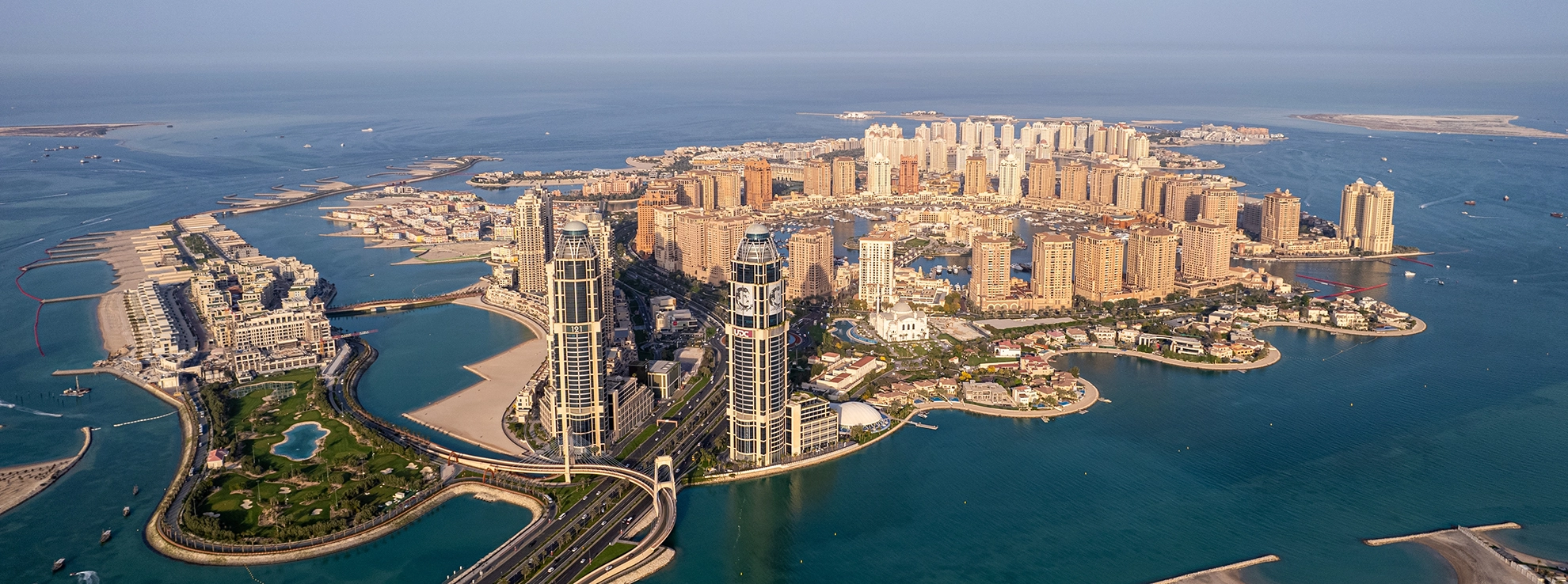Immigration, by definition, refers to the decision and process of an individual who decides to move to a new country or region to stay and live there, either temporarily or permanently. There are dozens of different reasons why individuals, families, and groups of people choose to immigrate to new countries. Better employment opportunities, family reunification, sociopolitical upheavals, and environmental factors: are just a few of the reasons why people choose to migrate.
The European Commission defines immigration programs as those that “facilitate migration which is organized or supported with the assistance of a government, governments or an international organization, as opposed to spontaneous migration, which is unaided.”
Most governments of sovereign countries have different immigration programs that offer legal pathways for individuals and families who are seeking to migrate to that country. These immigration programs will differ from country to country. However, most governments of those countries that receive large numbers of both temporary and permanent migrants have well-established protocols and legal routes that enable people to safely and legally enter and stay in those countries of their choice.
Some immigration programs may be centered on short-term employment opportunities, such as the temporary work visas offered by the United States government to help cover the demand for agricultural labor during certain harvest seasons. Other immigration programs may be focused on allowing high-skilled workers and professionals to permanently enter the country to work and help address shortages of important professional jobs in that country. Still, other immigration programs may focus on family reunification efforts, refugee or political asylum cases, or simply enhancing the diversity of a country.

Applying through established immigration programs might take more effort, time, and patience than unaided, irregular migratory routes. However, immigration programs around the world exist to help ensure that people wanting to migrate can do so in a safe, authorized, and orderly manner. Once accepted into a country through an established immigration program, the individual or family will also enjoy the rights and legal protections that come with being in the country legally.
For people who are looking to migrate in the near term future, it is extremely important to research and understand the processes, legal terminology, and nuances of the different immigration programs that are available in the country in which they are planning to arrive. Understanding the immigration programs that are available to you will help in selecting the right pathway based on your individual needs and circumstances. This will also increase the probability of being accepted through an established immigration program.








